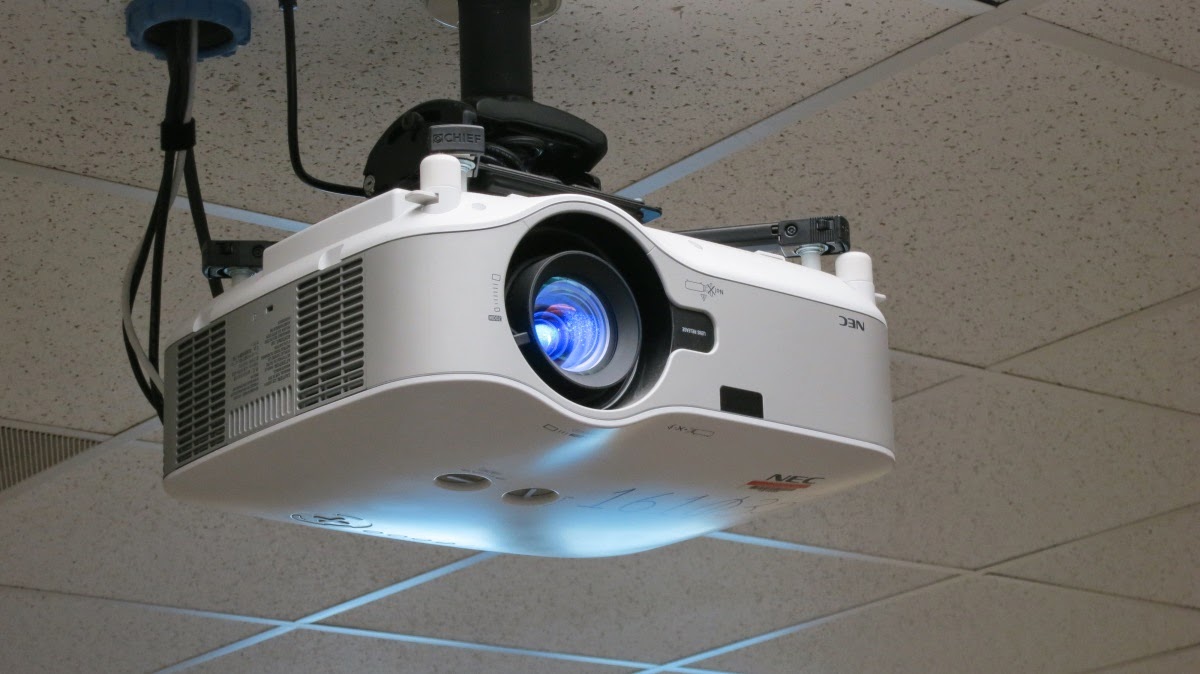
Newer monitors are eliminating this port as the technology progresses to all digital equipment. When clients buy a new monitor or rents a consumer grade monitor they soon realize that the newer monitor does not have a VGA input port. This is very normal and does not mean that the cable is bad. Many people also call it a 14 pin VGA as one pin is missing even though there are 15 pin locations on the plug ends. Many older or company issued laptops still use a VGA 15 pin or D sub connection which it is sometimes called as the housing is shaped like the capital letter “D”. The VGA to HDMI connection is the most common cross port connection I see right now on the show floor. Hey – A big side note: If you are just reading the video text in the Exhibitor Lounge newsletter I highly recommend that you open the video as there are a lot of illustrations to assist you in understanding this information. On supported TVs, the VGA port is typically labelled as ‘PC IN’.Sign up for the Exhibitor Lounge to receive weekly tips and training!


However, VGA cables can only process analogue video signals, so outputting audio requires the use of an additional 3.5mm audio lead – connect this cable from the ‘Headphone Out’ socket of your laptop to the audio port of your TV or external speakers, if using a projector. For laptops older than four to five years, using VGA cables to connect to a TV or projector might be your only option – older devices are often rarely equipped with High Definition Multimedia Interface functionality, the current standard today. Thanks to their versatility, VGA interfaces are guaranteed to be found on almost any piece of audio/video hardware – this is especially good news if your source device or display monitor was manufactured to serve as a low end, entry level product or budget model of its line. If your desktop monitor utilises a configurable VGA cable, that very same cable can be used by your laptop in order to connect it to a projector or TV.


With a 15 pin connector on either end, VGA cables effortlessly plug into VGA ports and are a universal option for the vast array of devices that support them. This includes most desktop computers and laptop computers as well as projectors – some TVs such as LCD and LED TVs also offer VGA cable support. Introduced in 1987, VGA was expressly designed to serve as the industry standard interface: as such, VGA cables are the most common way of connecting between a number of source devices and display monitors. One of the most efficient ways of doing so is through the use of a Video Graphics Array (VGA) cable. There exist a whole host of ways in which to connect a laptop computer to a TV or projector.


 0 kommentar(er)
0 kommentar(er)
